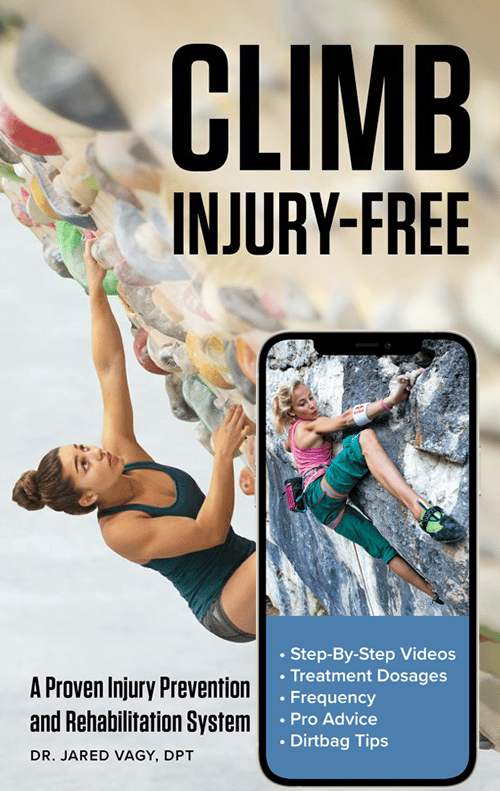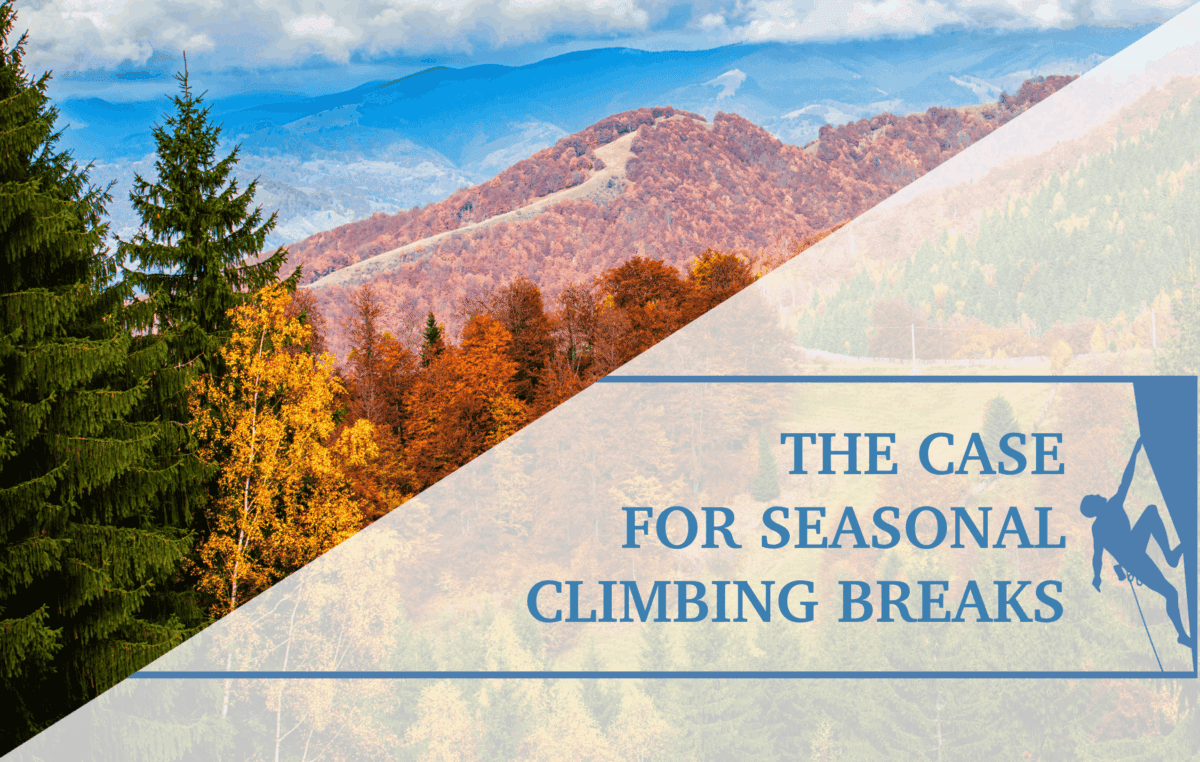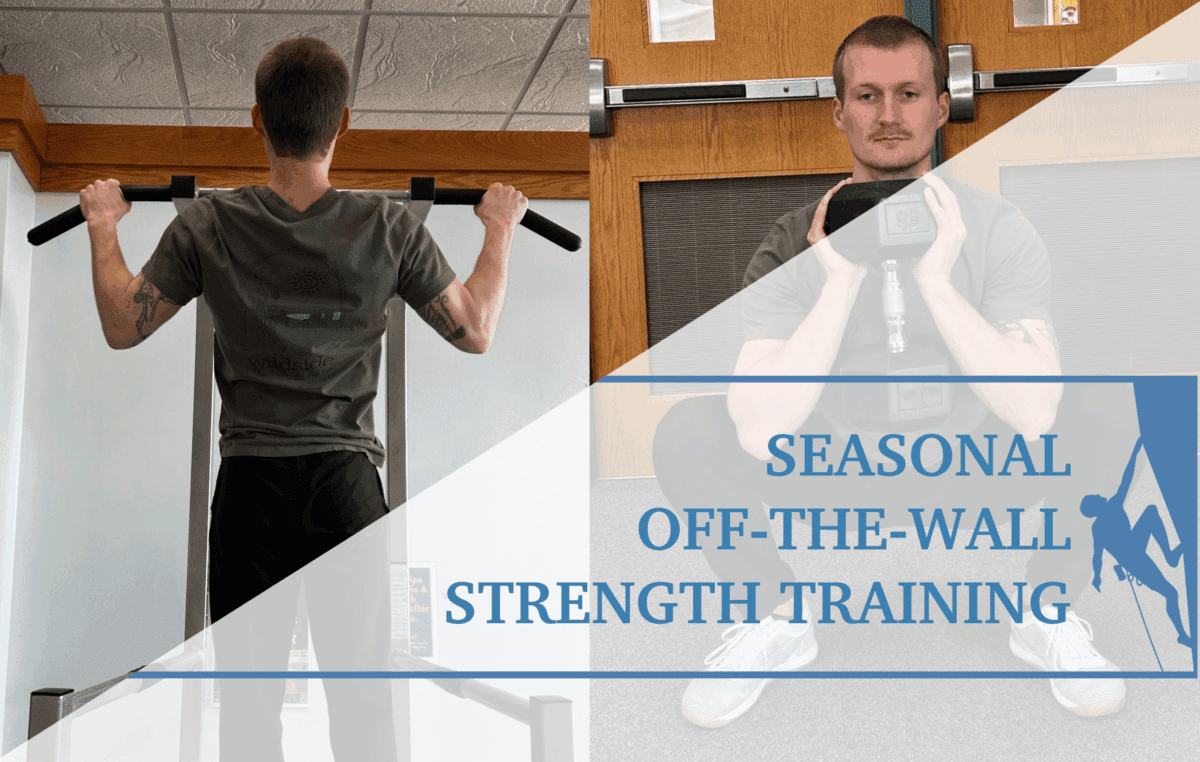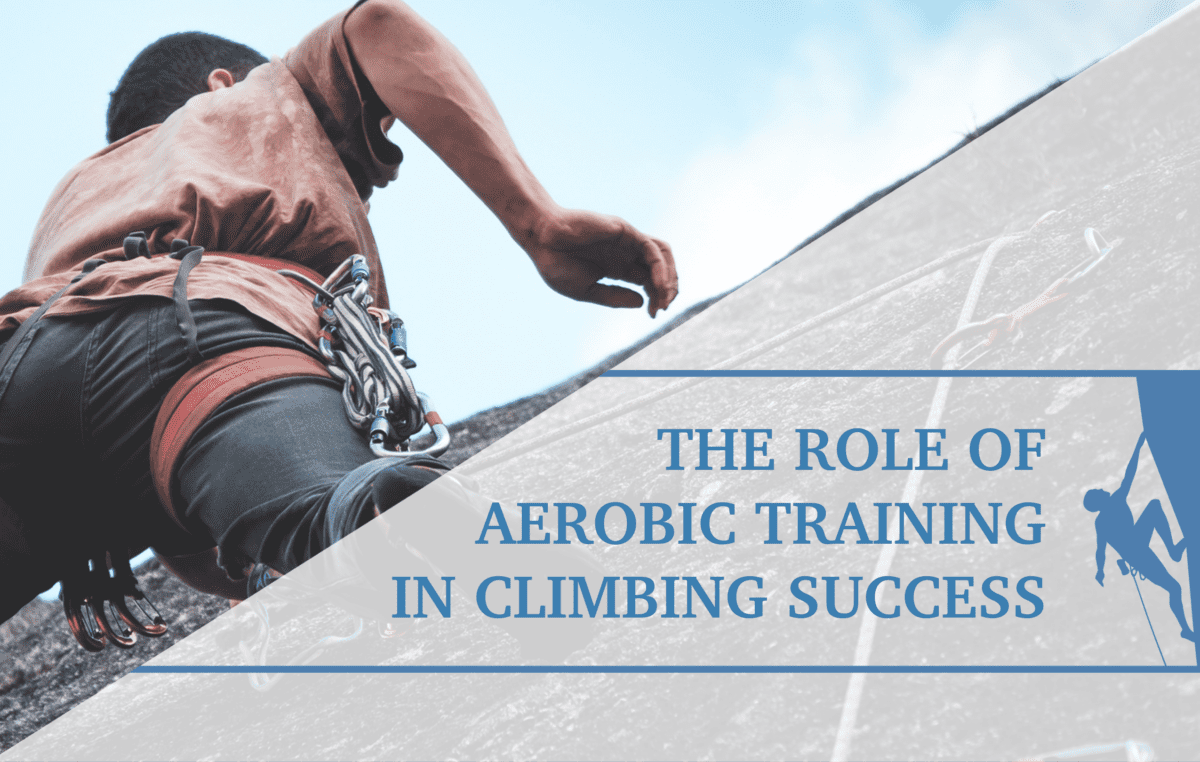Maximizing Climbing Performance: The Efficacy and Transferability of Off-the-Wall Training to On-Wall Climbing
Are you tired of feeling stuck on those challenging climbing routes? Are you eager to overcome those pesky projects and explore more climbs at your gym and crag? Perhaps you’re unsure about the most effective training method. Should you solely focus on just climbing more? Or is off-the-wall training beneficial? Are you wondering about the effectiveness and transferability of off-the-wall training to climbing on the wall? Let’s delve into this and explore the best strategies for training to improve your climbing.
Specificity and the Transfer of Learning
It is important to consider the idea of specificity during training. And in climbing, specificity is about how applicable an exercise is to a climbing movement.
Dr Eric Helms (2023) describes the concept of ‘transfer of learning’ and how to improve this in training:
Transfer: the gain or loss in ability to perform one task (criterion task) (a.k.a. the climb) as a result of practicing some other task (transfer task) (a.k.a. gym exercises)
When considering transfer of training, the concepts of near and far transfer come into play.
- Near transfer is a transfer of skills across domains that are related to one another, where the transfer task is similar to the criterion task.
- Far transfer occurs across domains only weakly, or unrelated to one another
While near transfer involves skills that are closely related, far transfer occurs across weakly or unrelated domains, which could be more apparent depending on the type of off-the-wall training being conducted. To optimize transfer of learning in climbing, there’s gotta be similarity between your practice and performance environment, so it is better if your training is similar to the terrain and conditions of your climbing.
Considerations with Specific Training
We know that it is good if an exercise is specific to a movement, because that allows for greater transferability, but we also need to consider whether seeking the highest level of specificity is in fact the best? Whilst specificity can indeed lead to performance gains, training in the most specific way may also pose risks such as increased injury potential, psychological burnout, and fatigue. This can be quite evident when you’re trying the same move or climb over and over again. And there’s also potential wasted effort when we are focussing on getting a tissue to specifically adapt from specific loading. So we need to be considerate of these things in our training.
Specified Training Dosage Recommendations
Determining the optimal dosage of specificity training for maximal benefit remains a complex challenge. However, Androulakis-Korakakis et al. (2021) sheds some light on this. He explored the minimum effective training dose required for strength improvement, and found that low-volume, highly specific training sessions yielded significant strength gains. This finding raises questions regarding the necessity of extensive specificity training and suggests that there may be diminishing returns beyond a certain threshold. This can include the increased risk in injury and fatigue, to a point where the risk to reward ratio increases, rather than the reward to risk. Therefore, your time may be better spent focusing on the specific tissue adaptation you’re looking for to maximize performance.
Benefits of Off-The-Wall Training
Jason Hooper, a physical therapist specialized in climbing shared the value/importance of off-the-wall training (Hooper, 2023). Hooper states that there are structures that are tested by climbing that are not adequately trained through climbing. In other words, there are certain muscles and connective tissue that are very important for climbing performance that do not get enough stimulus on the wall to adapt. This would suggest the need to incorporate off-the-wall exercises to fill in this gap, to ensure a more holistic approach to training and enhancing specific joint and muscle engagement. Furthermore, Hooper emphasizes the effectiveness of off-the-wall training in the case of injuries as well as working on weaknesses. This type of training is typically more effective at targeting and resolving these issues by being more targetable, controllable and overloadable. Off-the-wall training has a role in enhancing climbing performance.
Consider the example of a mantle, which requires components such as:
- Triceps muscles
- Abdominal/core muscles
- Hip flexibility
Here we can utilize off-the-wall exercises to strengthen these aspects by doing tricep dips and push-ups, planks and sit-ups, and hip stretches for example.

And a high heel hook requires components such as:
- Hamstring muscle strength
- Glute muscle strength
- Hip flexibility
Here, single leg glute bridges and hip stretches can be useful exercises.
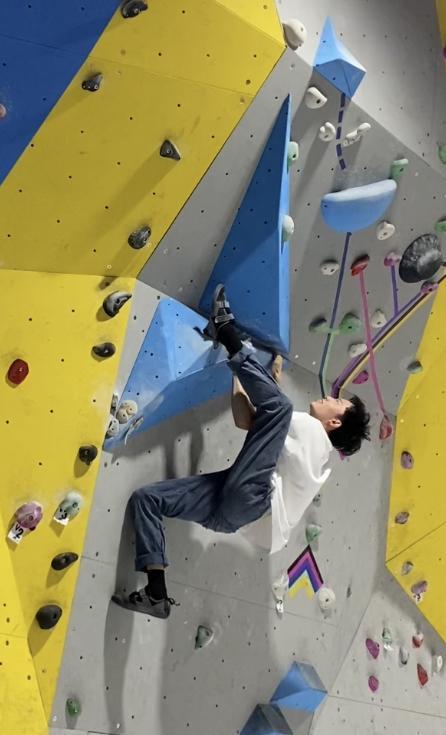
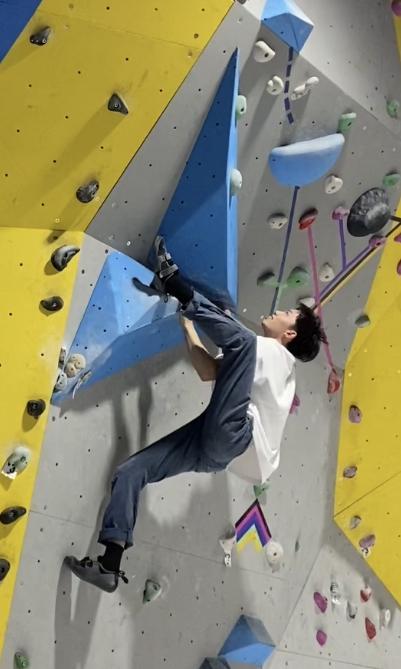
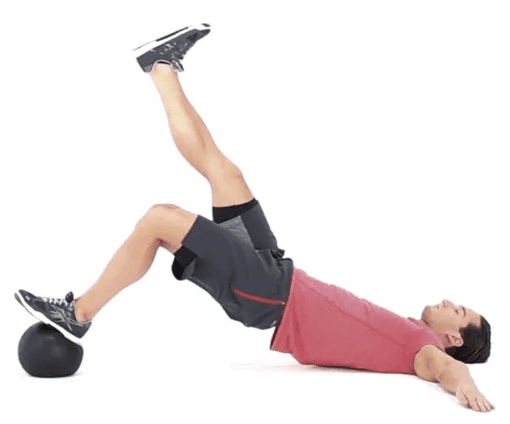
Conclusion:
In conclusion, the efficacy of off-the-wall training versus on-wall climbing is about striking a balance between specificity and transferability. Specificity is vital for transfer of learning, however excessive focus on it may lead to adverse effects such as injury and burnout. And whilst on-wall climbing is still the best training for climbing, off-the-wall training is still beneficial and should not be overlooked as a method to specifically target key muscles and structures in climbing to overall enhance climbing performance.

Author Bio
I’m Gordon Chen, a physical therapy student in my final year of schooling at Auckland University of Technology in New Zealand. I’ve been climbing for 3 years as of 2024.
Please feel free to reach out with any questions at:
wmf3387@autuni.ac.nz.
References:
- Androulakis-Korakakis, P., Michalopoulos, N., Fisher, J. P., Keogh, J., Loenneke, J. P., Helms, E., Wolf, M., Nuckols, G., & Steele, J. (2021). The Minimum Effective Training Dose Required for 1RM Strength in Powerlifters. Frontiers in sports and active living, 3, 713655. https://doi.org/10.3389/fspor.2021.713655
- Helms, E. (2023, February 21). Iron Culture: Ep. 211 – Training Specificity Revised & New Diet Break Data. [Audio podcast]. Spotify. https://open.spotify.com/episode/0WCrN4ieeZNiJS36mvgliv?si=52250c8e2ba54f4f
- Hooper, J. (2023, January 3). Why ‘Just Climbing’ Isn’t Enough. [Video]. Youtube. https://www.youtube.com/watch?v=m_6EVvIRcXU
- Disclaimer – The content here is designed for information & education purposes only and the content is not intended for medical advice.

